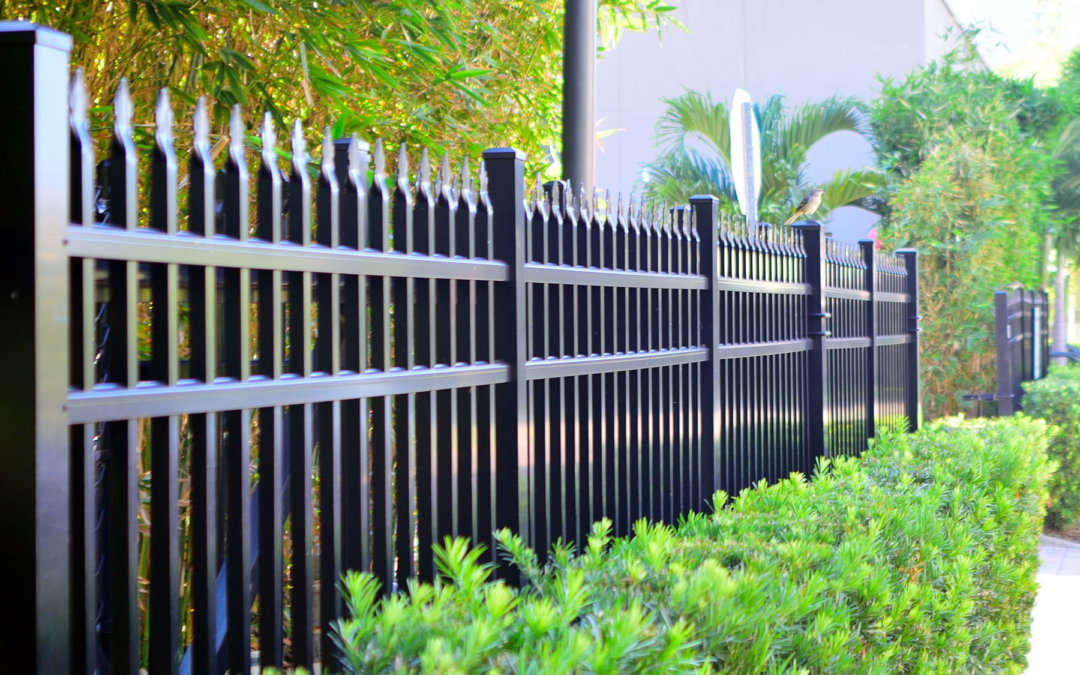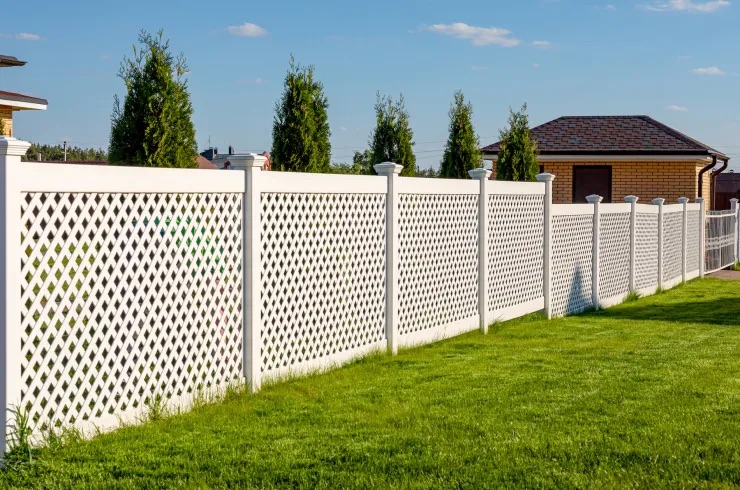Essential Tips for Easy Installation of Fencing
Installing a fence can seem daunting, but with the right approach and preparation, it can be a straightforward process. Understanding the key steps involved in installation will help homeowners feel more confident in their project, ensuring that they achieve the desired results without unnecessary complications.
Start by gathering all necessary tools and materials, including posts, panels, and concrete. It’s also crucial to check local regulations and obtain any required permits. By following a step-by-step guide, such as marking the layout, digging post holes, and securing the panels, homeowners can simplify the installation process and enjoy their new fence sooner.
Comparative Advantages of Different Fencing Materials
When choosing a fencing material, understanding the comparative advantages of each option is essential. Different materials, such as wood, vinyl, and aluminum, offer unique benefits that cater to various needs and preferences, making it important for homeowners to evaluate their options carefully.
For example, while wood provides a classic aesthetic and natural appeal, it requires regular maintenance to prevent rot. In contrast, vinyl is low-maintenance and resistant to fading, making it a popular choice for busy homeowners. Aluminum, on the other hand, combines durability with a sleek look, making it an excellent option for those seeking both style and strength.
Common Mistakes to Avoid When Installing Fencing
Even seasoned DIYers can make mistakes during fencing installation that can lead to costly repairs or unsightly results. Being aware of common pitfalls can help homeowners avoid these issues and ensure a successful installation experience.
One common mistake is neglecting to check property lines, which can result in disputes with neighbors. Additionally, failing to account for terrain changes can lead to uneven fencing. By planning ahead and following best practices, such as using a level and ensuring proper spacing between posts, homeowners can sidestep these errors and achieve a professional-looking fence.
Maintenance Tips for Long-Lasting Fencing Solutions
To maximize the lifespan of any fencing solution, regular maintenance is key. Homeowners should be aware of the specific care requirements for their chosen material to keep their fence looking great and functioning well over time.
For instance, wooden fences should be treated with sealants or stains every few years to protect against moisture and pests. Vinyl fences can be cleaned with soap and water to remove dirt and grime, while aluminum fences may require occasional inspections for rust or wear. By committing to a maintenance routine, homeowners can ensure their fencing investment endures for years to come.




